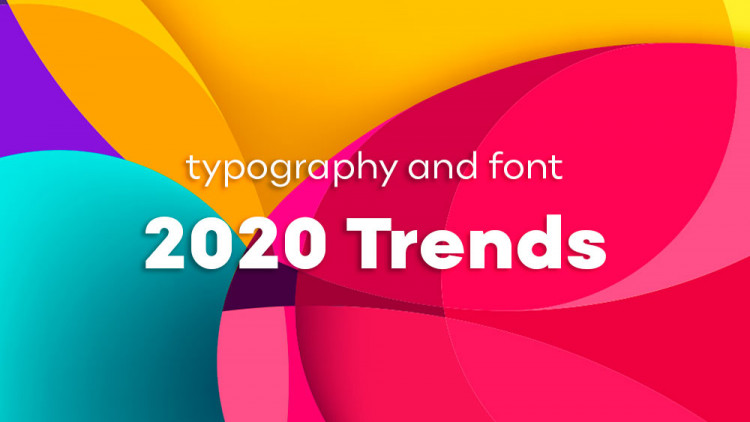UX Designers usually overlook the importance of accessible, easy to read fonts. Accessible fonts are important for a number of reasons.
- To make your content accessible to people with disabilities. Many people with disabilities, such as those with low vision or dyslexia, find it difficult to read certain fonts. By using accessible fonts, you can make your content easier to read for everyone.
- To improve the overall readability of your content. Accessible fonts are designed to be easy to read, even on small screens or for people who are not native English speakers. Using accessible fonts can make your content more readable for everyone.
- To improve the overall design of your website or other online content. Accessible fonts can add a touch of professionalism and style to your content. By using accessible fonts, you can make your website or other online content look more polished and inviting.
A good, accessible, and easy to read font for online articles and blogs should have the following characteristics:
High x-height: The x-height is the height of lowercase letters without ascenders or descenders. A high x-height makes it easier to see the individual letters and words, which can be helpful for people with low vision.

Wide letter spacing: Wide letter spacing helps to improve readability by making it easier to distinguish between individual letters and words.

Clear distinction between similar-looking characters: Some letters, such as “l” and “1”, “o” and “0”, and “c” and “e”, can be difficult to distinguish from each other. A good font will have clear distinctions between these characters, which can help to prevent errors.

It is important to note that not all people with disabilities will find the same fonts to be easy to read. It is always a good idea to test your content with a variety of people with different disabilities to get feedback on the readability of your fonts.
Some good, accessible, and easy to read fonts for online articles and blogs include:
Arial, Verdana, Calibri, Tahoma, Helvetica.
In addition to the fonts listed above, there are a number of open source accessible fonts available. These fonts are free to use and can be a great option for websites and other online content. Some popular open source accessible fonts include:
Roboto, Lato, Source Sans Pro.
When choosing an accessible font, it is important to consider the following factors:
- The target audience: What are the needs of the people who will be reading your content?
- The purpose of the content: What is the content for? Is it for general reading, or is it for a specific purpose such as reading on a small screen?
- The design of the website or other online content: How will the font be used? Will it be used for headings, body text, or both?
By considering these factors, you can choose an accessible font that will make your content easy to read for everyone.
If you need more information about accessibility UX design, or you need to hire a freelance UX Designer, you can get in touch at contactme@aldoguzman.design.



